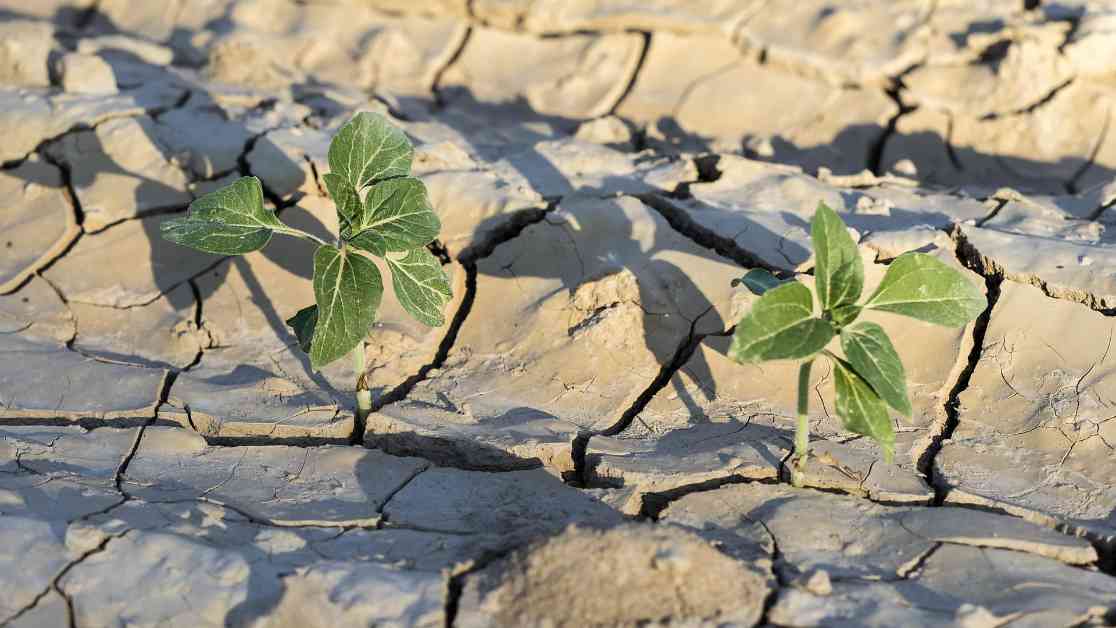What’s the Weather Like for the Planet?
After a brief respite, here we go again. New storms and rains are heading towards Belgium. The Royal Meteorological Institute (IRM) has issued a yellow warning for the provinces of Namur, Liège, and Luxembourg from Thursday afternoon until tonight. How will our waterlogged soils handle these new rains? Aurore Degré, a professor of soil physics and hydrology at ULiège – Gembloux Agro-Bio Tech, appeared on « What’s the Weather Like for the Planet? » to answer our questions.
« It’s very different from one soil to another. Some can drain water and a few hours may be enough. In other soils, it will take a very long time. The more clay you have, the more time it will take. What’s happening is that our soils are frozen, especially in bare agricultural lands. This means they are completely closed and they runoff a lot. The majority of our soils are saturated with water, they will drain slowly, they will also evaporate, but for now, they are in bad condition, » says Aurore Degré.
With climate change, our soils experience both droughts and heavy rains. We will need to help them in the years to come. « They can provide us with many services, but we need to respect them. This means increasing organic matter levels. We need to allow life in the soil to regenerate. And at that moment, they will truly be great allies in being much more resilient to an intensifying climate. »
The interview with Aurore Degré can be found above or in replay on « What’s the Weather Like for the Planet? » on RTBF Auvio.
As we face the challenges of changing weather patterns, it is essential to understand how our soils are impacted by excessive rainfalls. Waterlogged soils pose a threat to agriculture, infrastructure, and the environment as a whole. Finding sustainable solutions to improve soil health and resilience is crucial in adapting to these changing conditions.
In addition to increasing organic matter levels, implementing practices such as cover cropping, crop rotation, and reduced tillage can help improve soil structure and water retention capacity. By promoting biodiversity in the soil and reducing erosion, we can create healthier and more productive ecosystems that are better equipped to handle extreme weather events.
Education and awareness are key in ensuring that individuals, communities, and policymakers understand the importance of soil health and its role in mitigating the impacts of climate change. By working together to implement sustainable practices and protect our soils, we can build a more resilient and sustainable future for generations to come.

